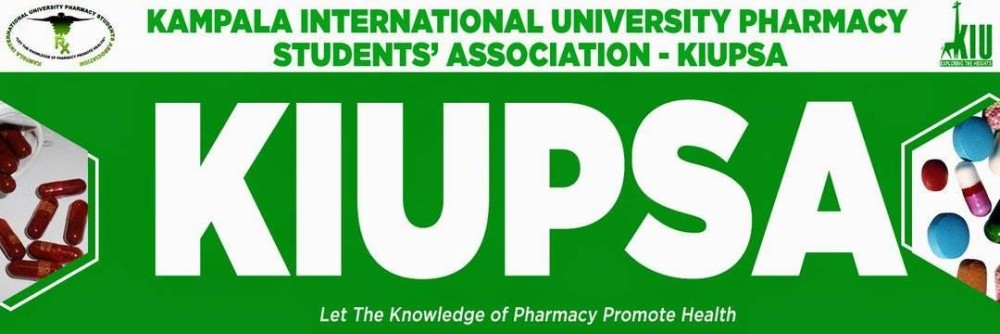
Apr
KIUPSA Launches Medical Quiz and Essay Writing Competition
April 26, 2024, 12:44 pm
 Collins Kakwezi
Collins Kakwezi

KIU, Main Campus - World Health Organization (WHO) on Wednesday 5th May 2021 celebrated World Asthma Day under the theme, "Uncovering Asthma Misconceptions”. This theme provides grounds for a call to action to address common widely held myths and misconceptions concerning asthma.
According to the Global Initiative for Asthma (GINA), most of the misconceptions are; Asthma is a childhood disease, individuals will grow out of it as they age, asthma is infectious, asthma sufferers should not exercise and that asthma is only controllable with high dose steroids.
On the other hand, however, these misconceptions are a stumbling block that prevent persons with asthma from enjoying optimal benefit from efforts to manage this lung condition that causes severe breathing difficulties.
Symptoms of asthma include; breathlessness, coughing, wheezing and chest tightness and once they are not managed, the victim experiencing an attack may eventually die a fatal death.
Since asthma cannot be cured, it can therefore only be controlled by avoiding triggers like; Viral infections (colds), tobacco smoke, grass and tree pollen, air pollution, animal fur and feathers plus strong soaps and perfume.
With proper medical treatment, good management and inhaled medications asthma can be controlled enabling people with asthma to enjoy a normal and active life.
Nevertheless, access to inhalers is a problem in many developing countries around the globe.
"In 2019, only 1 in 2 people with asthma had access to a bronchodilator and less than 1 in 5 had access to a steroid inhaler in public primary healthcare facilities in low-income countries," stated WHO.
To save the situation, WHO is working actively to improve diagnosis and treatment for asthma, particularly in low and middle-income countries around the world to save the lives of children, adolescents, adults and the elderly.
Kampala International University,
Box 20000, Ggaba Road, Kansanga, Kampala